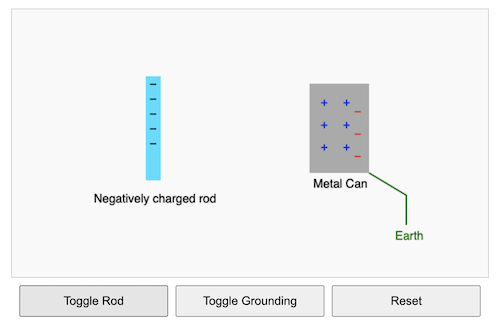Open in new tab 🔗
When certain materials like iron, steel, or nickel are placed near a magnet or inside a solenoid (coil of wire with current), they can become temporary magnets. This process is called induced magnetism.
You can explore this using the simulation above.
Use the Permanent Magnet
Click “Use Permanent Magnet” and drag the red-blue magnet near the grey block.
As you move it close, the arrows start to align — this shows that a magnetic field is aligning the domains, turning the material into a temporary magnet.
Try the Solenoid (Electromagnet)
Click “Use Solenoid”. This simulates a current-carrying coil.
Again, when it’s brought near the material, you’ll see the arrows align — the material becomes magnetized by the magnetic field of the solenoid.
Remove the Field
Click “Remove Magnetic Field” — the arrows scatter back to random directions. This shows that induced magnetism is temporary unless the material is a permanent magnet itself.
Like this:
Like Loading...


